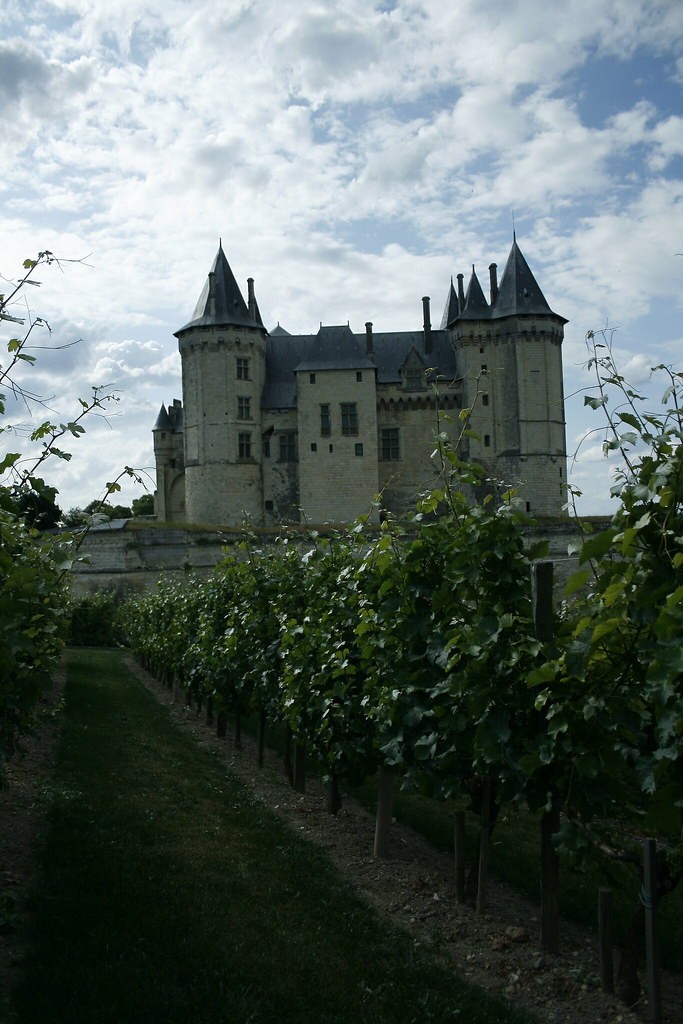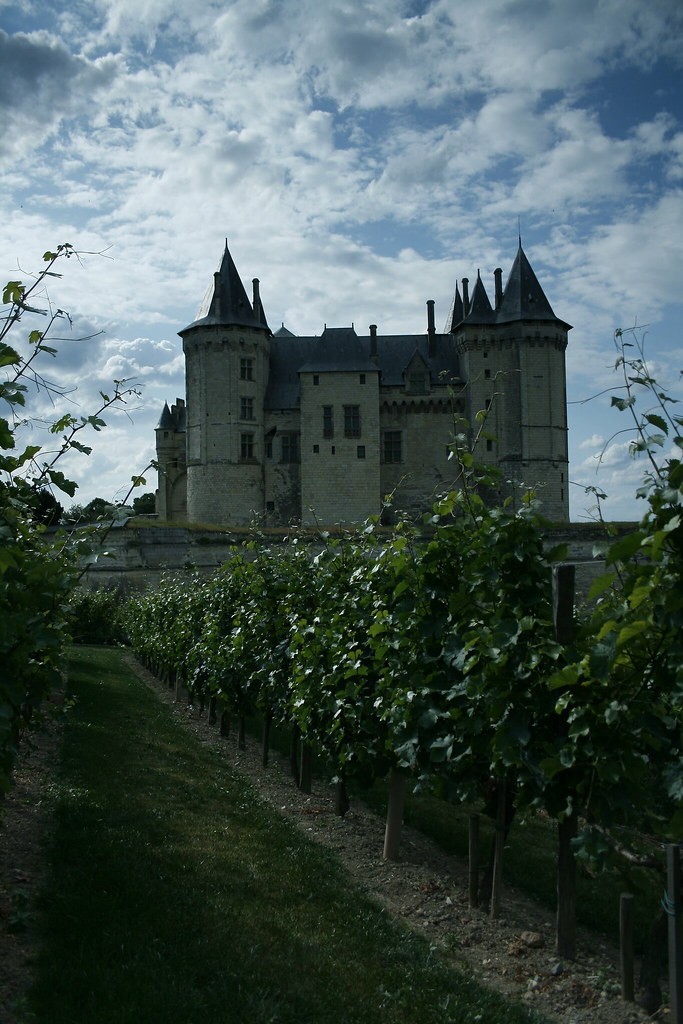Jon_Are
TPF Noob!
- Joined
- May 12, 2007
- Messages
- 655
- Reaction score
- 13
- Can others edit my Photos
- Photos NOT OK to edit
I'm considering getting one of these, but one aspect of it doesn't make sense to me.
Looking at the filters, the gradient ends virtually halfway down the filter. This means, in order to use it most effectively, I would have to shoot my landscape so the horizon is dead center. If I adjust the composition in either direction, the ND effect would be off.
What, do these filter makers follow the rule of halves?
What am I missing?
Thanks,
Jon
Looking at the filters, the gradient ends virtually halfway down the filter. This means, in order to use it most effectively, I would have to shoot my landscape so the horizon is dead center. If I adjust the composition in either direction, the ND effect would be off.
What, do these filter makers follow the rule of halves?
What am I missing?
Thanks,
Jon






![[No title]](/data/xfmg/thumbnail/33/33422-d1097b04586502aba932c8d5409d8026.jpg?1734163437)







![[No title]](/data/xfmg/thumbnail/33/33447-c3f5563c9b8b1f19498a3062f60f92b1.jpg?1734163486)